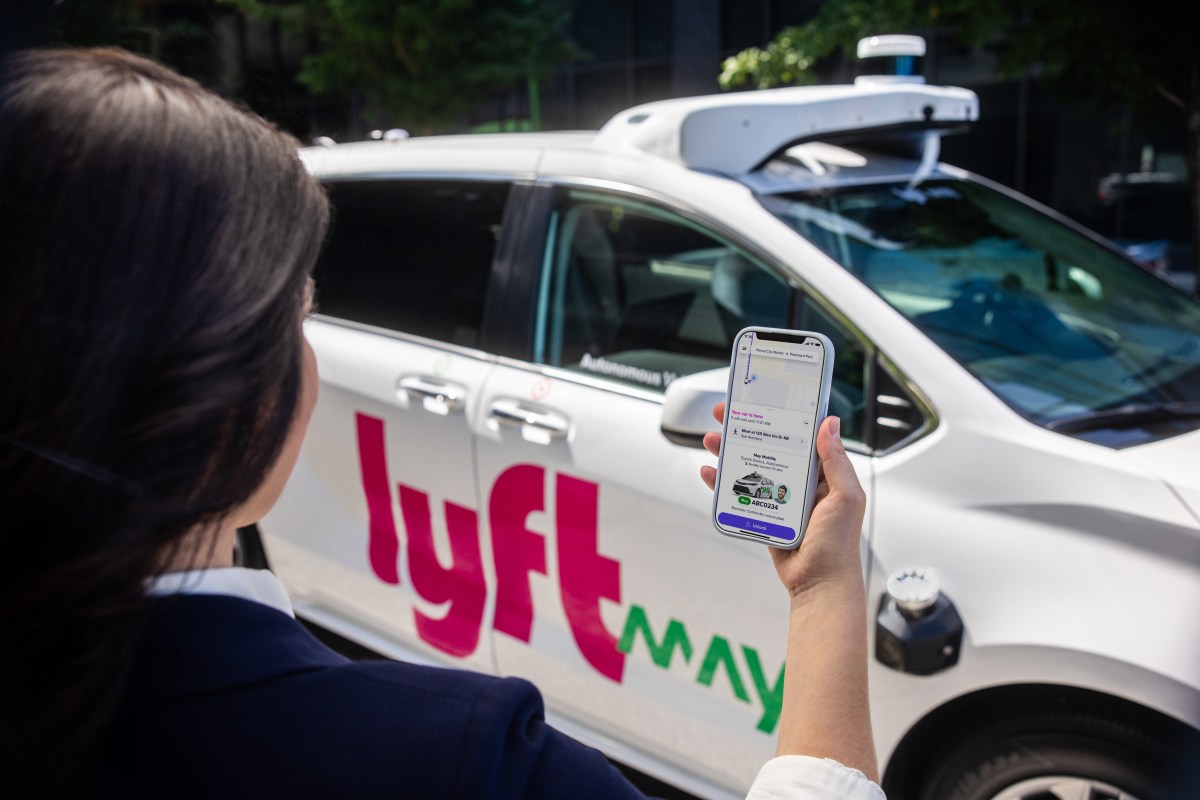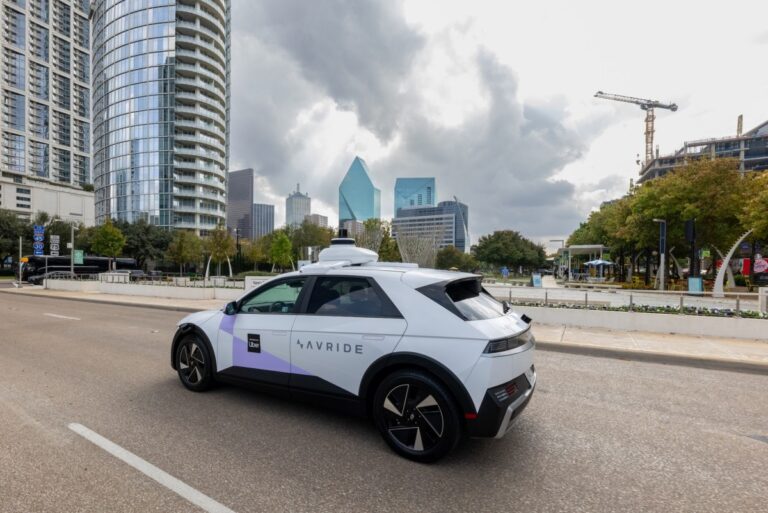Riders in Atlanta can now benefit from a pioneering initiative as May Mobility’s robotaxis hit the streets, available through the Lyft app. This collaboration marks the inaugural commercial deployment between the two companies in a rapidly evolving autonomous vehicle (AV) market.
Lyft’s Strategic Move into the Robotaxi Market
Lyft’s entry into Atlanta reflects its determination to progress in the competitive robotaxi sector, where it faces significant pressure from incumbent players like Uber. Analysts have expressed caution regarding Lyft’s market position, especially following Bank of America’s recent downgrade of the company’s stock, citing potential loss of market share due to Waymo’s expansion in California and Uber’s aggressive AV alliances.
Despite initial concerns, sentiment around Lyft has improved after the company posted robust second-quarter earnings. The introduction of a robotaxi fleet could fortify its market presence, albeit starting with modest steps.
Details of the Pilot Program
In partnership with May Mobility, Lyft is launching a pilot program featuring a small fleet of hybrid-electric Toyota Sienna Autono-MaaS vehicles. This program operates with limited hours and includes a human safety operator in the driver’s seat. Available in Midtown Atlanta, the service caters to both on-demand requests and the “Wait & Save” feature, operating during morning rush hours through afternoon on weekdays, with plans for evening and weekend services to follow.
Safety and Regulatory Context
During this initial phase, safety operators will be present and may intervene if necessary, ensuring a layer of safety as the program rolls out. This comes in a city where other companies, such as Uber and Waymo, have already begun offering fully autonomous rides.
Future Prospects for Lyft and May Mobility
Lyft’s collaboration with May Mobility follows its recent deal with Baidu to introduce robotaxis in Europe next year, and further plans to partner with Mobileye for services in Dallas by 2026. However, the road has not been entirely smooth; previous partnerships with Motional and Argo AI did not yield lasting results and resulted in financial implications for Lyft.
In contrast, Uber has rapidly expanded its network with 20 global AV partners, capitalizing on a more aggressive approach to both mobility and delivery services. May Mobility, already a partner with Uber, plans to launch its own robotaxi service in Arlington, Texas, as part of a comprehensive partnership.
May Mobility’s Broader Operations
For May Mobility, the Atlanta launch is its second initiative in Georgia, adding to its existing driverless microtransit service in Peachtree Corners. The company primarily focuses on deploying self-driving shuttles in designated low-traffic areas and geofenced locations, with operational services also established in multiple cities across the United States and Japan.
Key Takeaways
- Pilot Program Launch: May Mobility’s robotaxis are now live in Atlanta via the Lyft app.
- Market Competition: Lyft faces challenges from Uber and Waymo in the robotaxi sector.
- Service Features: Limited operating hours with human safety operators to ensure safety.
- Future Developments: Plans for expansion in Europe and collaboration with Mobileye for further AV deployment.
As this partnership unfolds, it will be crucial for Lyft to demonstrate adaptability and innovation to capture and maintain market share in the evolving landscape of autonomous transportation.







